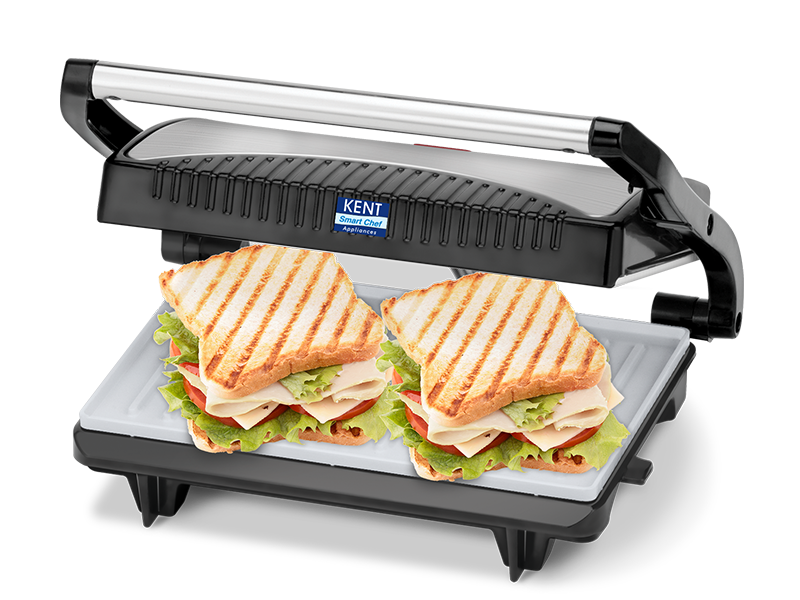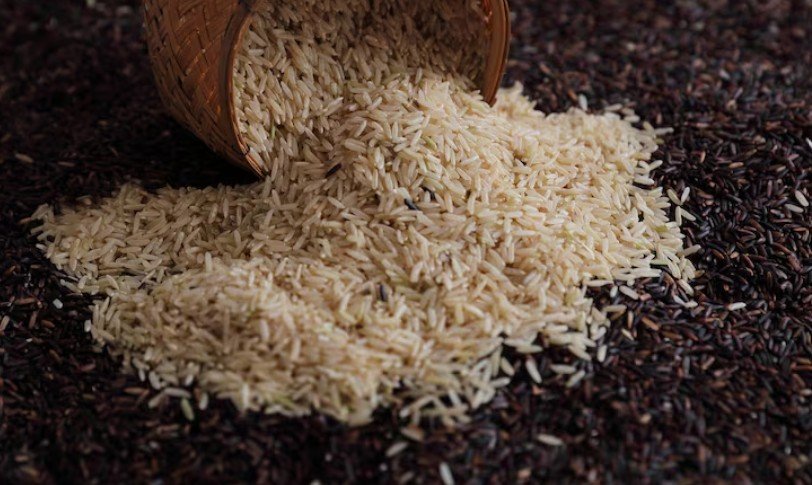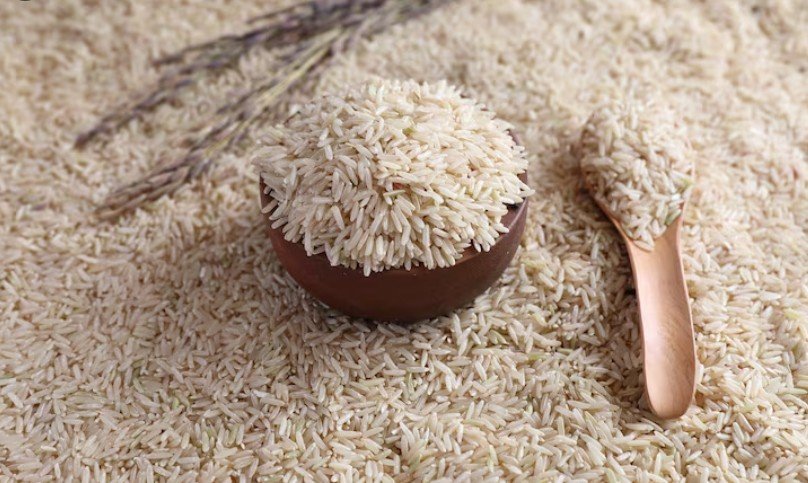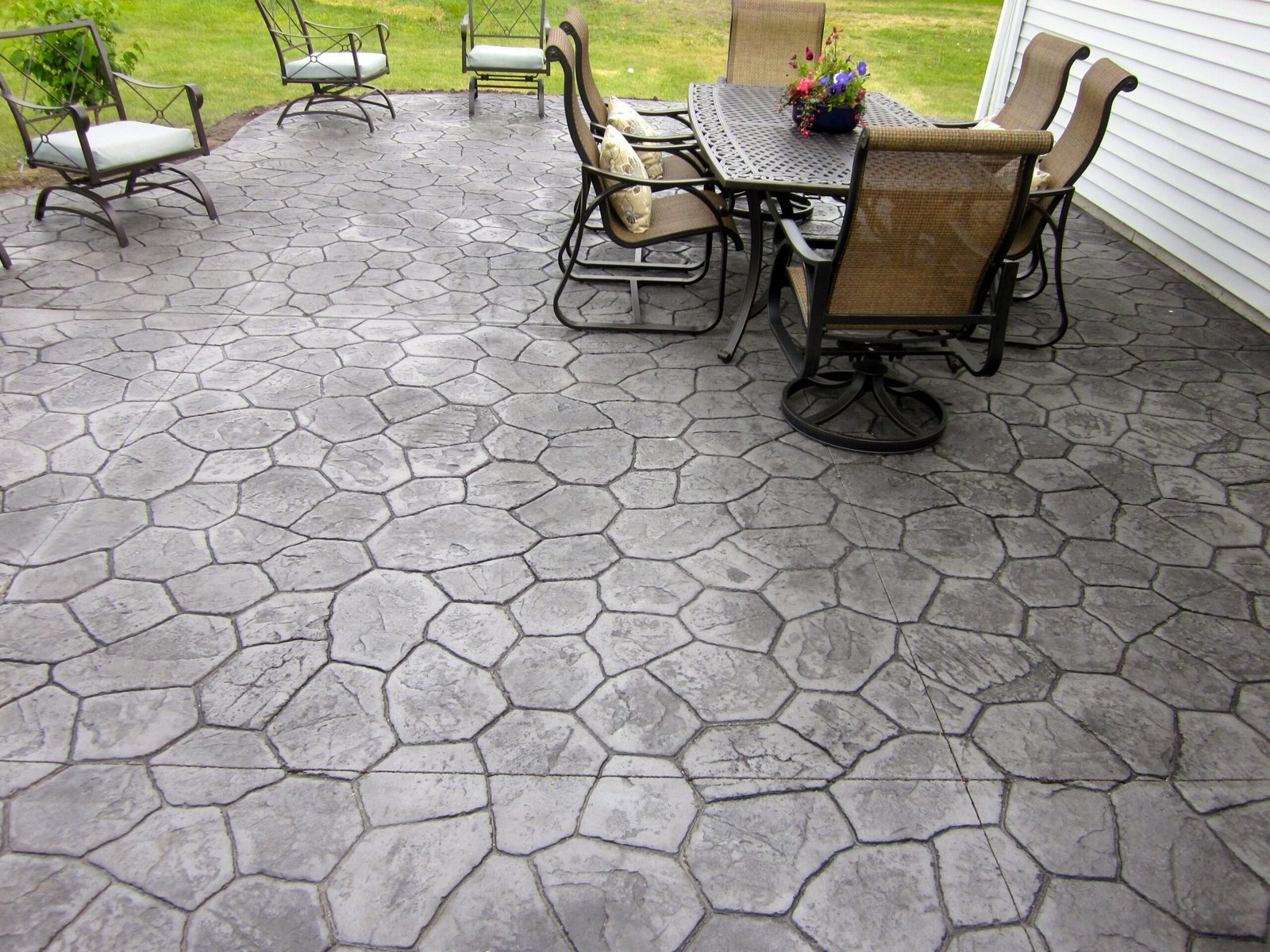A lunch box pack is an essential item for anyone who carries homemade meals to work, school, or travel. Regular maintenance and proper cleaning not only extend its lifespan but also ensure food safety. Neglecting hygiene can lead to bacterial growth, unpleasant odors, and even foodborne illnesses.
This guide provides detailed steps on how to clean different types of lunch box packs, tips for keeping them odor-free, and best practices for long-term maintenance.
Why Cleaning Your Lunch Box Pack Is Important?
A lunch box pack comes into direct contact with food daily. If not cleaned properly, leftover food particles and moisture can create an environment for bacteria and mold. Proper cleaning and maintenance offer several benefits:
- Prevents bacterial contamination – Reduces the risk of food poisoning.
- Eliminates bad odors – Removes lingering food smells.
- Extends durability – Keeps materials in good condition.
- Ensures fresh-tasting food – Prevents food from absorbing stale odors.
How to Clean a Lunch Box Pack Based on Material?
Different lunch box packs require specific cleaning methods based on their materials. Using the wrong cleaning technique can damage the material or affect its longevity.
1. Plastic Lunch Box Pack
Plastic lunch boxes are widely used due to their lightweight and affordability, but they tend to absorb odors and stain easily.
Cleaning Steps:
- Rinse Immediately – Empty food residues and rinse with warm water.
- Wash with Mild Dish Soap – Use a sponge or soft cloth to scrub. Avoid harsh scrubbers that can scratch the surface.
- Remove Stains and Odors – Soak in a mixture of baking soda and warm water for 15–20 minutes.
- Rinse and Dry – Rinse thoroughly and air dry completely before storing.
Additional Tips:
- Avoid using hot water on poor-quality plastic, as it can warp.
- Do not store highly acidic foods in plastic containers for long durations.
NOTE : The lunch box pack had been crafted for those who valued fresh and well-packed meals. Its compact yet spacious design made it ideal for daily use. Shop now at Oweg and upgrade your meal-carrying experience!
2. Stainless Steel Lunch Box Pack
Stainless steel is durable, odor-resistant, and easy to clean. However, improper washing can lead to water spots or discoloration.
Cleaning Steps:
- Hand Wash with Warm Soapy Water – Use a soft sponge to avoid scratches.
- Use Baking Soda for Stains – Create a paste with water and apply it to stubborn stains. Let it sit for 10 minutes before scrubbing.
- Rinse and Dry Immediately – Use a clean towel to dry to prevent water spots.
Additional Tips:
- Never use bleach or strong chemicals, as they can corrode the metal.
- Avoid soaking stainless steel for long hours, as it may lead to rust spots.
3. Glass Lunch Box Pack
Glass lunch box packs are non-toxic and easy to clean but fragile. They can break if dropped or exposed to sudden temperature changes.
Cleaning Steps:
- Wash with Warm Soapy Water – Use a non-abrasive sponge to prevent scratches.
- Soak in Vinegar for Stubborn Stains – Let the box soak for 10–15 minutes to dissolve stains and odors.
- Dry Thoroughly – Allow it to air dry or use a soft towel to prevent water spots.
Additional Tips:
- Avoid sudden temperature changes to prevent cracking.
- Store with a soft cloth in between when stacking to avoid scratches.
4. Insulated Lunch Box Pack
Insulated lunch boxes keep food warm or cold for extended hours, but improper maintenance can reduce their effectiveness.
Cleaning Steps:
- Wipe Down with a Damp Cloth – For regular cleaning, wipe the interior and exterior with warm soapy water.
- Deep Clean Weekly – Use a mixture of baking soda and water to remove odor and stains.
- Air Dry Completely – Moisture inside the insulation can lead to mold growth.
Additional Tips:
- Never submerge an insulated lunch box pack in water, as it may damage the insulation.
- Store with the lid open to allow air circulation.
How to Remove Odors from a Lunch Box Pack?
Even with regular cleaning, lunch box packs can develop unpleasant odors over time. Here are effective ways to eliminate them:
- Baking Soda Absorption – Place an open container of baking soda inside overnight.
- Lemon and Salt Scrub – Rub the inside with lemon juice and salt, then rinse with warm water.
- Activated Charcoal – Place a piece of activated charcoal inside for 24 hours to absorb odors.
- Vinegar Rinse – Mix equal parts of vinegar and water, let it sit for 10 minutes, then rinse thoroughly.
Best Practices for Long-Term Maintenance
Keeping your lunch box pack in good condition requires more than just cleaning. Follow these best practices to ensure longevity:
- Wash Immediately After Use – Prevents food residue from hardening.
- Avoid Harsh Chemicals – Stick to mild dish soap and natural cleaners.
- Store Properly – Keep the lunch box pack in a dry, well-ventilated area with the lid open.
- Check for Wear and Tear – Replace cracked plastic, rusted stainless steel, or damaged insulation.
- Use a Separate Bag – Store in a clean, dry lunch bag to avoid external contamination.

Conclusion
Maintaining and cleaning a lunch box pack is essential for food safety, hygiene, and durability. By using the right cleaning methods based on material, preventing odors, and following long-term care practices, you can ensure your lunch box pack remains fresh and safe for daily use.
Regular cleaning and proper storage not only enhance the lifespan of your lunch box pack but also contribute to healthier eating habits. Prioritize hygiene, and your lunch box will serve you well for years to come.
For More Insightful Articles Related To This Topic, Feel Free To Visit : techners












Leave a Reply